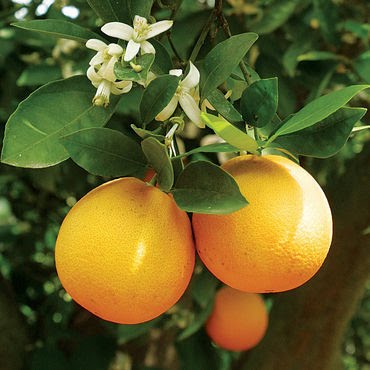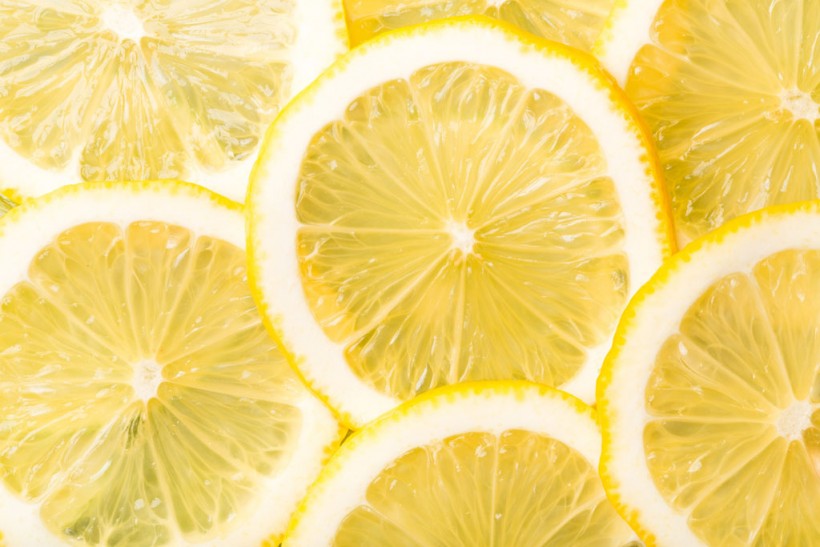Introduction
 Citrus plants have been cultivated in an ever-widening area since ancient times; the best-known plant examples are the oranges, lemons, grapefruit, and limes.
Citrus plants have been cultivated in an ever-widening area since ancient times; the best-known plant examples are the oranges, lemons, grapefruit, and limes.
Citrus flower buds begin to form in early winter and develop through late winter and spring. Most flowers don’t result in the formation of fruit because more than 99% of them usually fall off. Because the number that does become fruit depends largely on temperature and moisture, adequate water is very important during and immediately after flowering.
After bloom, fruit develops from five to 18 months, depending on the variety and growing area. Unlike many other types of fruit, most citrus can be left on the tree without becoming overripe.
Citrus is a subtropical fruit tree and is limited to areas that do not regularly experience freezing temperatures. Check your hardiness zone.
Common Varieties
Citrus fruits are classified into different groups by the citrus industry according to their characteristics and use. Sweet oranges and grapefruits are accepted as a regular part of the diet and consumed in some from every day by many people.
Specialty fruits like tangerines, mandarin, or hybrids are more so used for holidays or dessert uses.
Acid fruits like lemons and limes are used as thirst-quenching drinks, garnishes on the dinner table, and ingredients for refreshing pies or delicious cakes.
Dual-Purpose Fruits are those which combine unusual ornamental value with useful fruit. Kumquat, calamondin, and Meyer lemons are examples.
Citrus Plant Care & Maintenance
When selecting a tree consider a few main issues:
Soil
Citrus will grow in most soils from sandy to clay, provided it drains well. Sandy soils must be watered and fertilized more frequently than soils with higher clay content. The optimum pH levels for your citrus should be 5.5-6.5.
Watering
Water is the first requirement of a young tree, and it will be used up rapidly by trees with a good head of foliage. Twice a week supply about 8 to 10 gallons of water during watering. After the first month watering can be less frequent, but whenever new growth is observed to wilt in mid-afternoon, begin watering heavily again.
Fertilization
Fertilization should start when swelling buds indicate that growth is beginning (or, three weeks after planting.) During the first year, fertilization with a citrus specific fertilizer like CitrusGain 8-3-9 is important and should occur every 6 week during February through October. As the trees get older, a good rule of thumb is to spread the fertilizer as many feed beyond the drip line of the canopy as the age of the tree in years (up to 10).
Cross-pollination, some varieties (mandarins) produce very little fruit unless a compatible tree is planted nearby to provide cross-pollination.
CitrusGain is the easiest way to ensure citrus plants have their meaningful elements. It is formulated specifically for citrus and other plants having similar nutrient requirements.
[wwcAmzAffProducts asin=”B00CO5F324″][/wwcAmzAffProducts]
Pruning
During early development, it is important to remove suckers from the base of the tree. These shoots are likely to be the root-stock variety, will not produce fruit, and without removal will interfere with tree development. Mature citrus do not require pruning of the canopy for product or tree health. While hand pruning opens up the trees to allow more sunlight into the center, mature citrus, unlike most other fruit trees, don’t require regular pruning.
Freeze Sensitivity
If freezes are expected every few years, more cold-tender citrus types should be avoided and only the hardiest should be chosen. Protection from frost is critical.
Most citrus will freeze when fruit temperature drops to 27-28°F. One usually successful method for combating cold – water! By applying water, the heat built up in the soil during the day is lost more slowly, and air temperatures around the fruit stay warm a little longer.
Pests & Disease
Some varieties are susceptible to certain insects and diseases requiring frequent spraying. In many cases, when there are only a few citrus trees in the landscape, they may not require any pest control.
Most citrus can be successfully grown without chemical pesticides to control insects and diseases in most landscape situations. Fruit produced may have external blemishes, but this will usually have no effect on internal fruit quality. If pest problems warrant, neem oil can be used to suppress populations of insect, mites, and scales. Copper fungicide can be used to control most fungal diseases. Many citrus pests are under natural biological control, assisting in keeping most incest pests at low levels.
Pest control should be undertaken only as the need becomes evident.
Common Pests
- Citrus aphids
- Citrus gall wasp
- Citrus leaf-miner
- Cottony cushion scale
- Crusader bug
- Fuller’s rose weevil
- Katydid
- Light brown apple moth
- Long tailed mealybug
- Managing Queensland fruit fly
- Mite pests of citrus
- Red scale
- Spined citrus bug
- Thrips
Common Diseases
- Armillaria root rot
- Citrus blast
- Citrus canker
- Citrus exocorti


